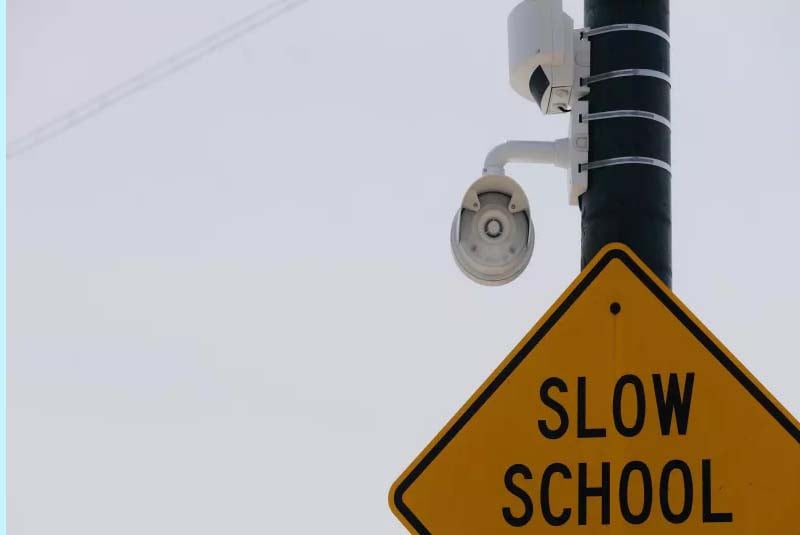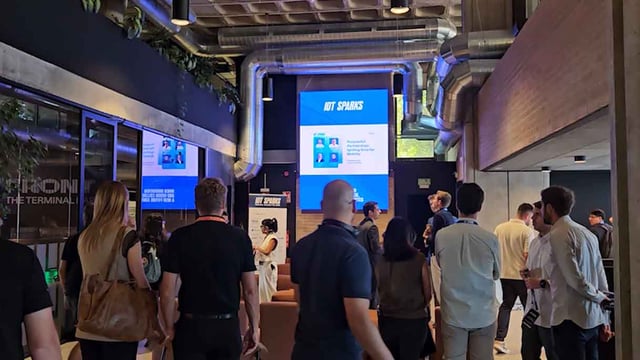The Hartford Police Department (HPD) has announced the expansion of its city-wide CCTV network by deploying an additional 50 camera systems in collaboration with Axis Communications, augmenting its existing infrastructure of around 1,300 cameras and setting its target completion for spring 2026.
Since 2015, HPD and Axis Communications have worked together to build the city’s real-time crime monitoring capability, anchored in the “Capital City Command Center (C4)”, a real-time-crime-center (RTCC) that interfaces numerous video feeds and analytics systems.
The current effort will bring camera coverage to 50 additional intersections, expanding monitoring in key parts of Hartford (population approx. 125,000) to accelerate investigations and generate real-time intelligence.
Technical and Operational Details
The installation will feature a mixed set of technologies:
-
Pan-tilt-zoom (PTZ) cameras, fixed and panoramic sensors, network horn speakers and strobe lights.
-
License Plate Recognition (LPR) capability, used to investigate illegal dumping and generate restitution and cost savings in clean-ups.
-
Radar sensors to distinguish human versus wildlife activity at city-managed sites, reducing off-hour staffing.
-
Video-analytics software enabling automatic alerts (for example when a specific vehicle appears in a camera zone) and faster investigator response.
Integration sits atop an open-platform video-management architecture (rooted in Milestone XProtect VMS) that ties together Axis cameras, analytics, gun-shot detection systems and other third-party tools.
HPD reports a homicide-case solvability rate above 70 % in recent years, attributing improvements in part to video-evidence availability.
Next Steps & Timeline
The installation of the 50 additional intersections is underway, with full deployment expected by Spring 2026. HPD anticipates further development of video analytics as a core capability of C4. With other U.S. police departments examining RTCC models, HPD expects to serve as a practical template for scaled, technology‐driven policing.




